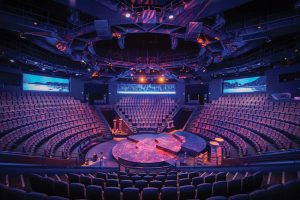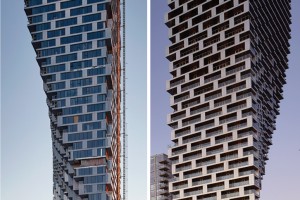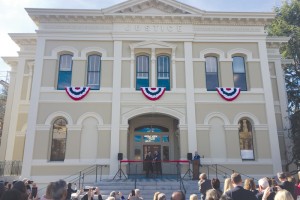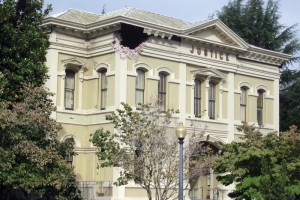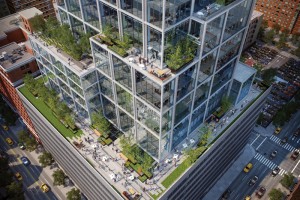Innovative Approaches to Vertical Expansion
To Rebuild or Reposition? That is the fundamental question every developer must address when acquiring a site with existing conditions. In New York City, a place known for its ephemeral urban fabric and innovative high-rise buildings, large developments often lean towards a tabula rasa (clean slate) for ease of construction and maximum flexibility. Cove Property Group, however, had other plans when they acquired a drab eight-story commercial building on 34th St and 9th Ave in Manhattan. The existing 1960s-era cast-in-place concrete building would receive seventeen additional floors, encompassing 300,000 square feet, in the form of a sleek steel office tower. When its transformation is complete, Hudson Commons will be a 26-floor, LEED Platinum Class A property accommodating 700,000 square feet of rentable office space (Figure 1). …



